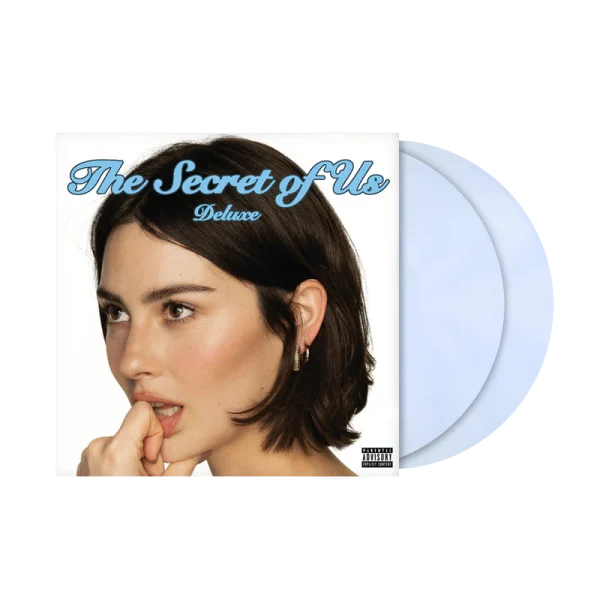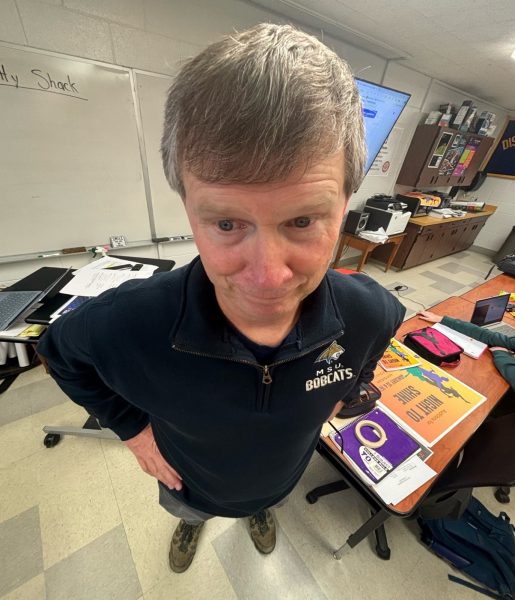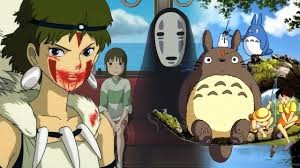This isn’t an Everyday Health Campaign
This summer my diet consisted of Cliff bars, apples, candy, energy drinks, and various other processed snacks. I was working full time and figured out that with money and the ability to drive, I did not have to cook. What a genius idea, you all are thinking. WRONG! It was awful. I was sluggish and moody; I was not getting enough energy or nutrients to think clearly. Worst of all, it was convenient. Odds are, there’s a gas station or fast-food restaurant closer to you than a grocery store. It takes less time, it can be cheaper, and the food is engineered and marketed to be as addictive as possible.
From the bottom of my heart and its clogged arteries, cutting out processed food and junk food feels better. However, it is not a linear process. As I’m writing this, I have had three energy drinks today. How did this come about you ask? I put off sleeping, I put off getting gas, I hadn’t done what I needed for the day. As the car’s gas light glared ominously, I pulled into the gas station and ended up eating a Cliff bar and buying three energy drinks for 6 dollars, courtesy of the Holiday. When you just end up places, I have found, is when you make the worst choices. People don’t often plan to go to a drive-thru. They are busy and the option presents itself. Once that convenient option is realized, it’s not long until the option becomes a fallback. Forgot breakfast? McDonald’s opens early. No time to make coffee? Grab an energy drink. The convenience wins out; you don’t even have to decide. You don’t have to think.
And once it’s a fallback, the next step is habit. People start a routine of getting fast food on a lunch break, free soda from a fountain at work, and always dessert after dinner. Getting out of this unhealthy ritual is next to impossible, and I can guarantee everyone has at least one. These habits of seeking out energy-dense foods are a genius function of human evolution. Eating food we crave gives us an incredible rush of dopamine. It’s chemistry, so pretending that a carrot makes your mouth water like fries do doesn’t help. We’re crows looking for shiny things, but we’re inside a vault of a million coins.
After I overdid it, I started to notice the way these choices affected me: the way top ramen gives me a headache, how hungry I am after a sugary granola bar, and dozens of other foods I consumed started feeling like poison. I challenge you to think beyond healthy vs unhealthy foods. If there’s a regular treat that makes you happy, you don’t have to stop, but start noticing what your body tells you. You may realize that food, the thing meant to sustain, can leave noticeable symptoms that it is doing the opposite.
Your life doesn’t have to be all oatmeal and raw kale, but we crave nutrients, sugar, and fat the same. According to the dietary reference intake, 92 percent of Americans have at least one vitamin or mineral deficiency. It’s not just a funky little number on a chart somewhere. These deficiencies cause brittle hair, acne, lowered immune function, and a constant ill-feeling. There is this nutritional desert out there, and it’s unassuming. An unhealthy diet can taste good and fulfilling on the surface, but the lasting feeling of eating like this often catches up. The American diet goes down as smooth as a milkshake and leaves us sick with the consequences.
Breaking out of these habits is a slow process filled with difficulties, cheat days, and short-lived health kicks. But once you realize your own body’s quirks and signals regarding food, you have already gained an invaluable skill, no formal diet needed. By trusting your body and mind, it is possible to unwrite the impulses for unhealthy food naturally and, surprisingly, voluntarily. Food is an important part of our lives. Sure there’s going to be nights where the only thing open after a long day is fast food and you don’t have the energy to make a nutritious meal, but taking steps to cut back on unhealthy fallbacks is worth it.






